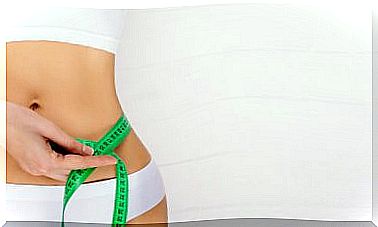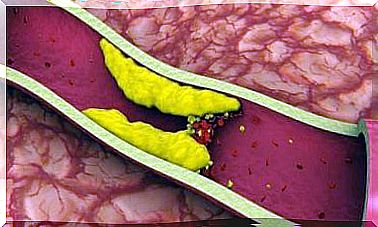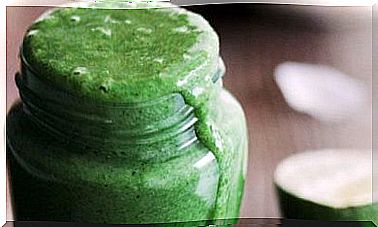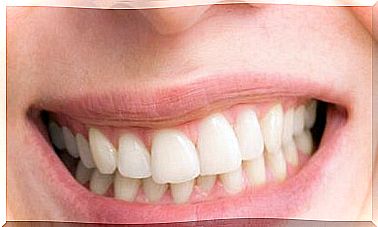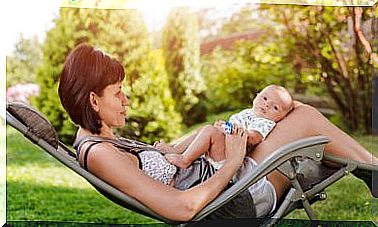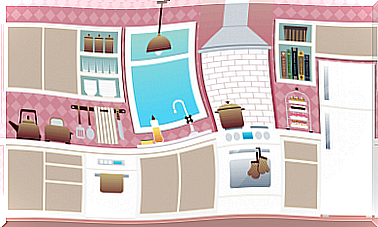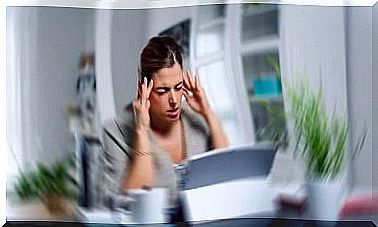Lice Treatment
Lice are small parasites, 2 to 3 millimeters long, with light gray tones. They feed on small amounts of blood from the host. They usually inhabit the scalp, hair, behind the ears, on the eyebrows, and even on people’s eyelashes. Therefore, it is necessary to resort to a treatment before the problem worsens.
They are spread by direct contact and sometimes by sharing personal items such as hats, caps, or hairbrushes. Although lice live for about 28 days, they can multiply rapidly, laying 10 eggs daily. The eggs or nits, in turn, reach adulthood between 12 and 14 days. If lice are not removed quickly, they can multiply again, as the process is repeated every three weeks.
What are the symptoms of head lice?
In general, lice cause the following complaints:
- Irritability.
- Itching or itching.
- Difficulty getting to sleep.
- Eczema or skin lesions from constant scratching.
- Apparent tingling or movement in the hair.
Is it dangerous to have lice?
To date, there are no known cases of disease transmission through lice, therefore they are not considered a public health threat. However, secondary skin infections can arise from scratching the affected area.
Lice treatment
Although lice are not a serious health problem, appropriate treatment must be applied as soon as possible. Said treatment will not only consist of applying a certain medicinal product to the hair and eliminating the insects from each strand, but also following other guidelines (and extending them to the rest of the members of the household.
There is no approved drug on the market that kills lice eggs (nits) completely. In fact, it is recommended to use drugs at the same time as alternative treatments.
In the popular realm, it is often recommended to use white vinegar as an adjunctive treatment for lice. However, it is necessary to bear in mind that the use of this substance should not replace what is indicated by the doctor.
White vinegar

This liquid originates from the acetic fermentation of alcohol by means of bacteria. Among its components is acetic acid, which is believed to help dissolve the chitin of the protective shields of nits that are used to adhere to hair.
Ingredients
- 2 cups of white vinegar (500 ml)
Utensils
- Plastic kitchen paper
- Metal Laundress
Process
- First, heat the vinegar to a suitable temperature so as not to burn the infested person.
- With the head previously moistened, soak the hair with the vinegar and massage for a couple of minutes, until the largest amount of hair is covered.
- Gather the hair and wrap it in the plastic wrap. Seal it as well as possible around the head so that the smell and effects of the vinegar act.
- After about 60 minutes, remove the plastic and rinse the hair with hot water.
- Next, remove the plastic and, with the metal finder, carefully remove the nits and lice from the hair in sections.
- Finally, once all the nits have been removed, wash the hair normally with the shampoo of your choice.
4. Tea tree oil
This essential oil is considered in the popular sphere as one of the substances to eliminate lice, therefore, several investigations are being carried out to determine its usefulness.
It has antiviral, antibacterial, antifungal and antiseptic properties. Features highly valued in preventing lice infestation.
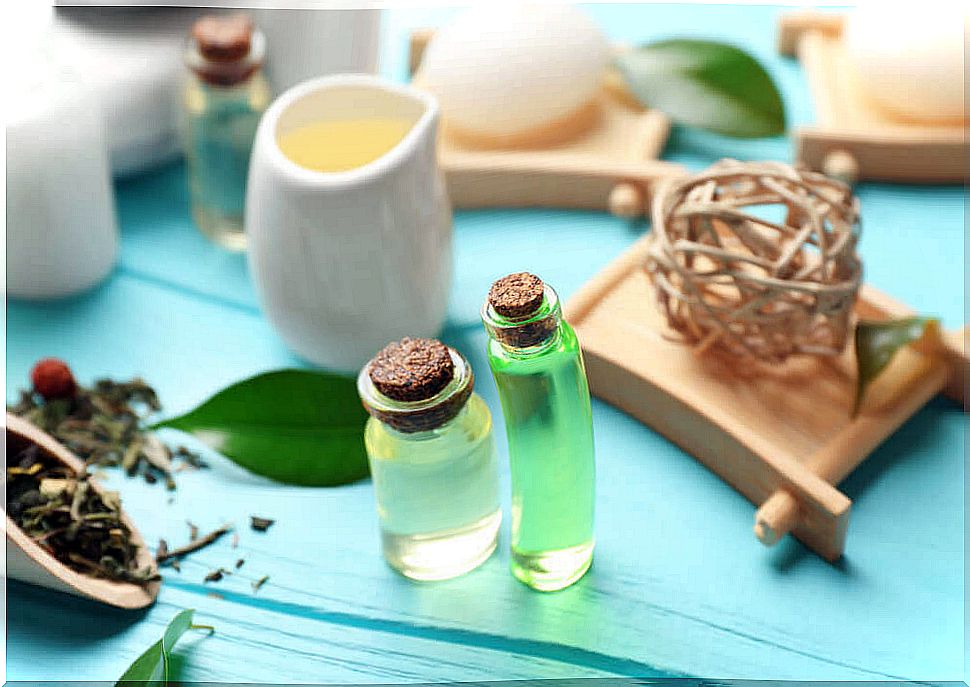
Aspects to take into account to eliminate lice
DO NOT share personal items
If the infested person is a child, ask them not to share issues such as: stuffed animals, hats, towels and the like.
In the case of adults, in addition to the objects already mentioned, it will be necessary to avoid sharing personal hair care products.
Use a fiddle
The flusher is a tool designed to trap nits and lice between its fine bristles. This comb is especially used when the head is wet, as it slides more easily.
The procedure is said to be more effective when applying hair conditioner and alcohol, as their action allows the flosser to glide on more easily, damaging the hair less.
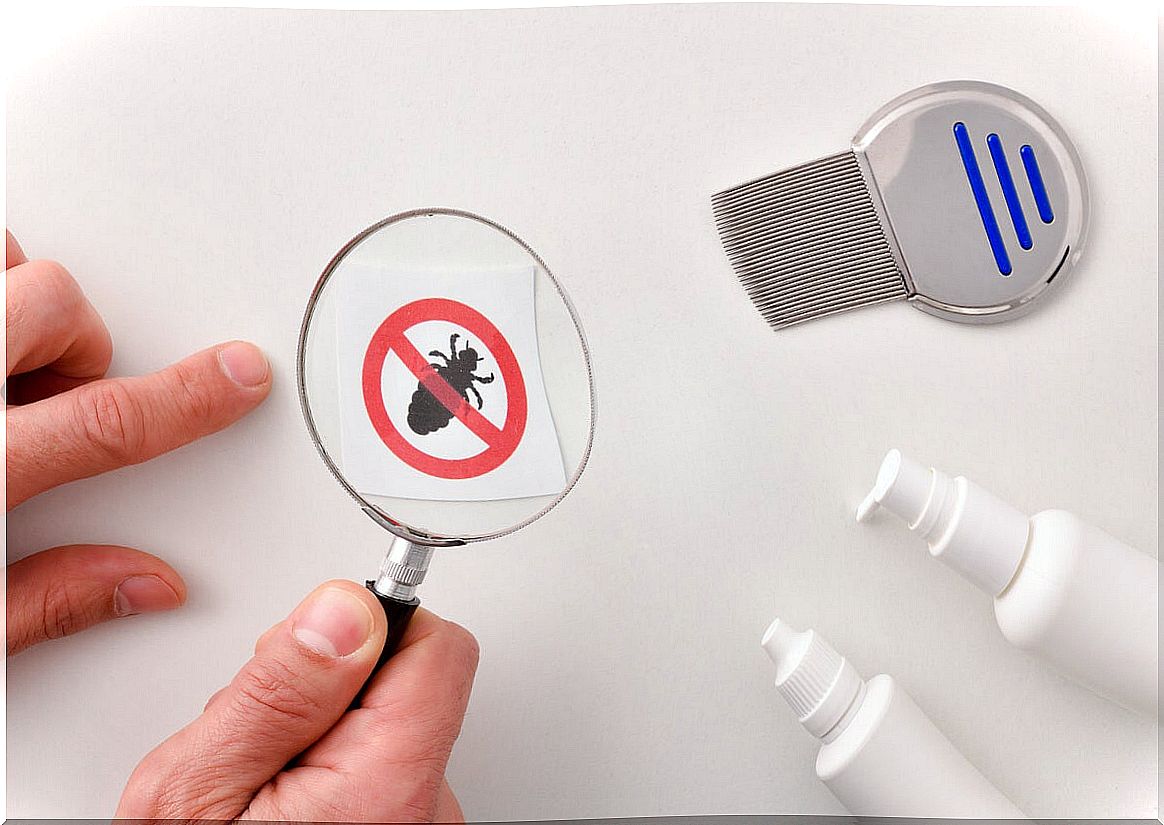
Clothing
It is recommended to wash the clothes that the infested person has worn for a couple of days prior to the start of the treatment with hot water and dry them with a hot air cycle or iron them.
Lice and eggs cannot withstand temperatures above 53.5 ° C.
If the garments require dry cleaning, take them to the dry cleaner or store them for two weeks in sealed plastic bags to prevent the spread of lice.
Furniture and floor cleaning
Avoid leaving the affected person’s hair in the various areas of the home, as there is the possibility that they may contain nits. Do not lean on furniture with which the infested person has had recent contact. Head lice survive for 1 to 2 days outside of human contact.
In the case of nits, far from human temperature they cannot hatch, but it will take a week for them to die if they are not at similar temperatures.
- Note: avoid spraying with aerosols, as they can be toxic.
In conclusion, the treatment for lice takes time and it is necessary to be rigorous with the measures and recommendations, in order to prevent the problem from persisting.


